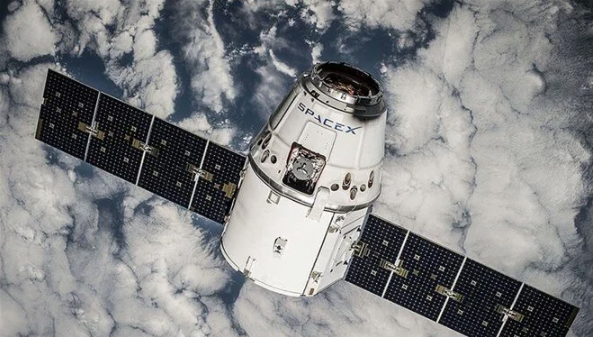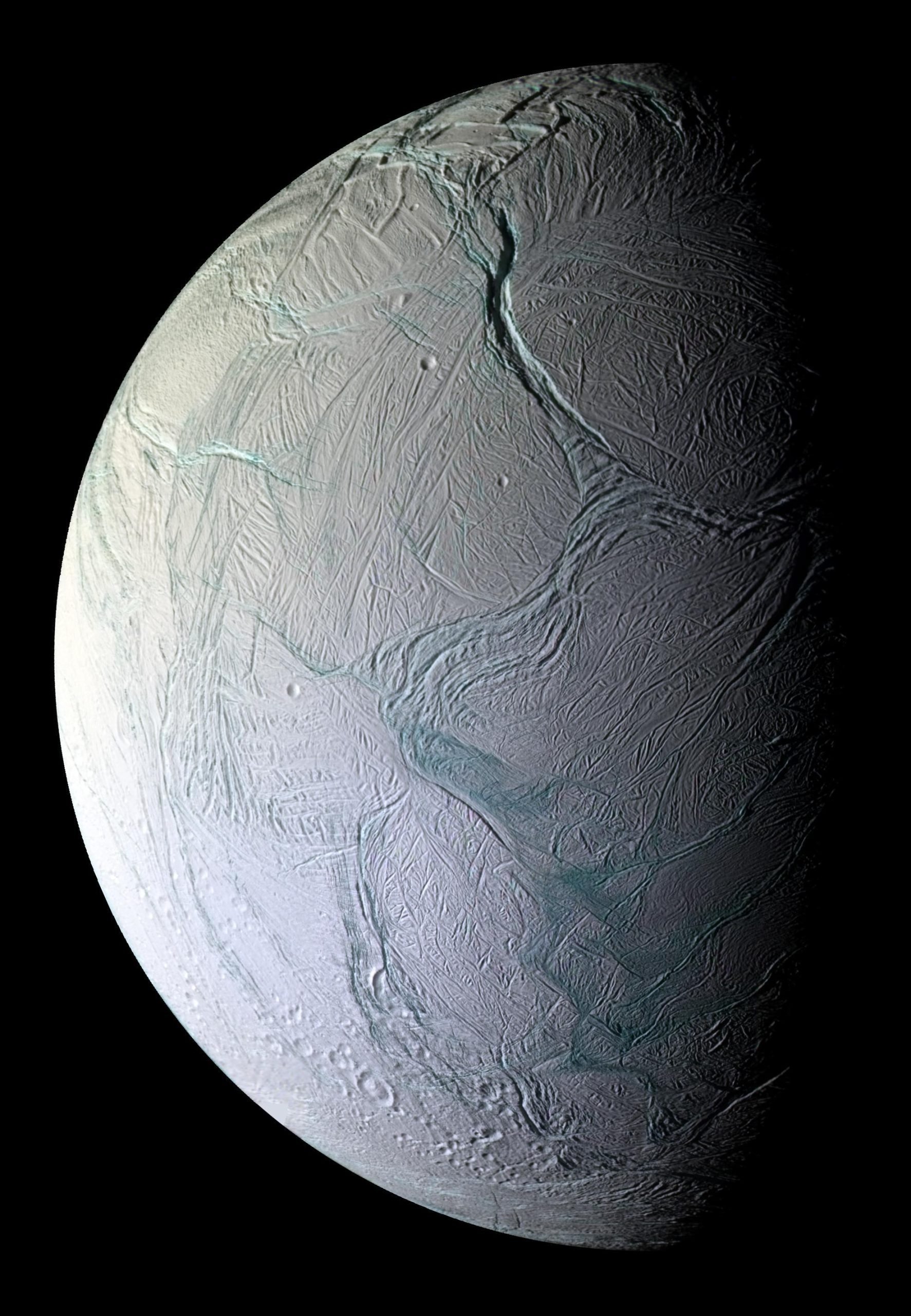Government scientists have put forward a groundbreaking concept aimed at addressing the issue of Earth‘s rising temperatures: manipulating the upper atmosphere to decrease its moisture content.
In a recent study published in Science Advances, researchers from the National Oceanic and Atmospheric Administration (NOAA) and NASA suggest that by introducing ice particles into the upper atmosphere, it may be possible to reduce water vapor levels, thus mitigating a portion of the human-induced warming effect. Water vapor, like carbon dioxide, acts as a greenhouse gas, trapping heat within the Earth’s atmosphere.
Lead author Joshua Schwarz emphasized that this idea is still in its infancy and not immediately implementable. Rather, it serves as a starting point for exploration into potential future strategies for climate intervention.
The proposed method involves deploying advanced aircraft to inject ice particles approximately 11 miles above the Earth’s surface, just below the stratosphere. As these particles ascend and interact with the upper atmosphere, they facilitate the conversion of water vapor into ice, effectively dehydrating the stratosphere. However, the study acknowledges that practical implementation of such a technique is currently unfeasible, lacking a viable injection mechanism.
Schwarz estimates that, at maximum capacity, this approach could reduce heating by a modest amount, approximately 5% of the overall warming attributed to carbon emissions from fossil fuels. Nevertheless, he underscores that this method should not serve as a substitute for carbon emission reductions but rather as a supplementary measure.
Concerns regarding potential side effects loom large, with experts cautioning against the unforeseen consequences of tampering with Earth’s atmospheric dynamics. Critics argue that intentionally manipulating the planet’s climate could trigger a chain reaction of new environmental challenges.
Andrew Weaver, a climate scientist from the University of Victoria, likens the concept to a fable, cautioning against addressing the symptoms rather than the root cause of climate change. He advocates for prioritizing efforts to reduce carbon dioxide emissions, likening the proposed solution to a never-ending cycle of attempting to solve one problem only to create another.
While some experts acknowledge the merit of exploring such unconventional approaches, they stress the need for comprehensive research to address existing uncertainties. Lynn Russell, an atmospheric chemist at Scripps Institution of Oceanography, underscores the importance of further investigation before considering large-scale implementation.
Debates surrounding the ethics, regulatory frameworks, and potential global implications of geoengineering persist within international forums. The United Nations Environment Programme (UNEP) is deliberating on a resolution regarding solar radiation modification, highlighting the necessity of a coordinated global dialogue on the matter.
Inger Andersen, Executive Director of UNEP, draws parallels between solar radiation modification and artificial intelligence, emphasizing the irreversible nature of deploying such technologies. She underscores the importance of approaching geoengineering with caution and skepticism, emphasizing that it should not be viewed as a panacea for addressing climate change.
phys.org was used for this article





